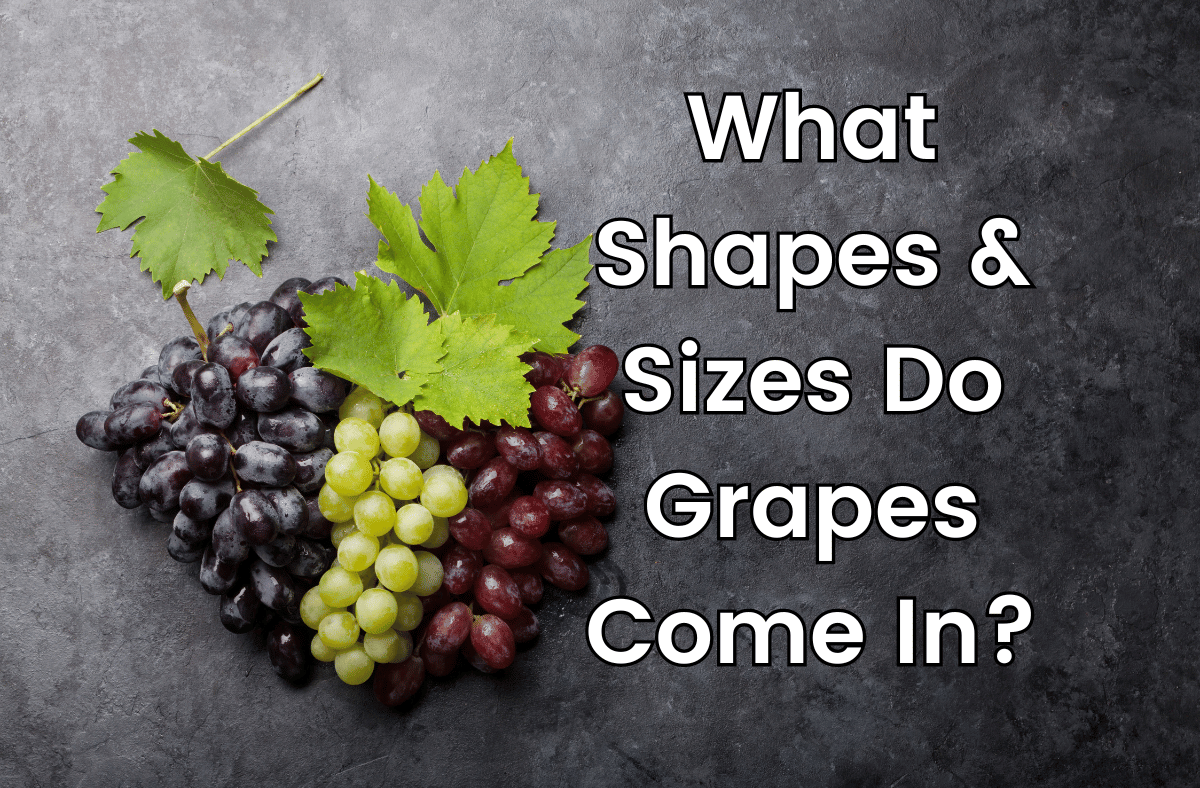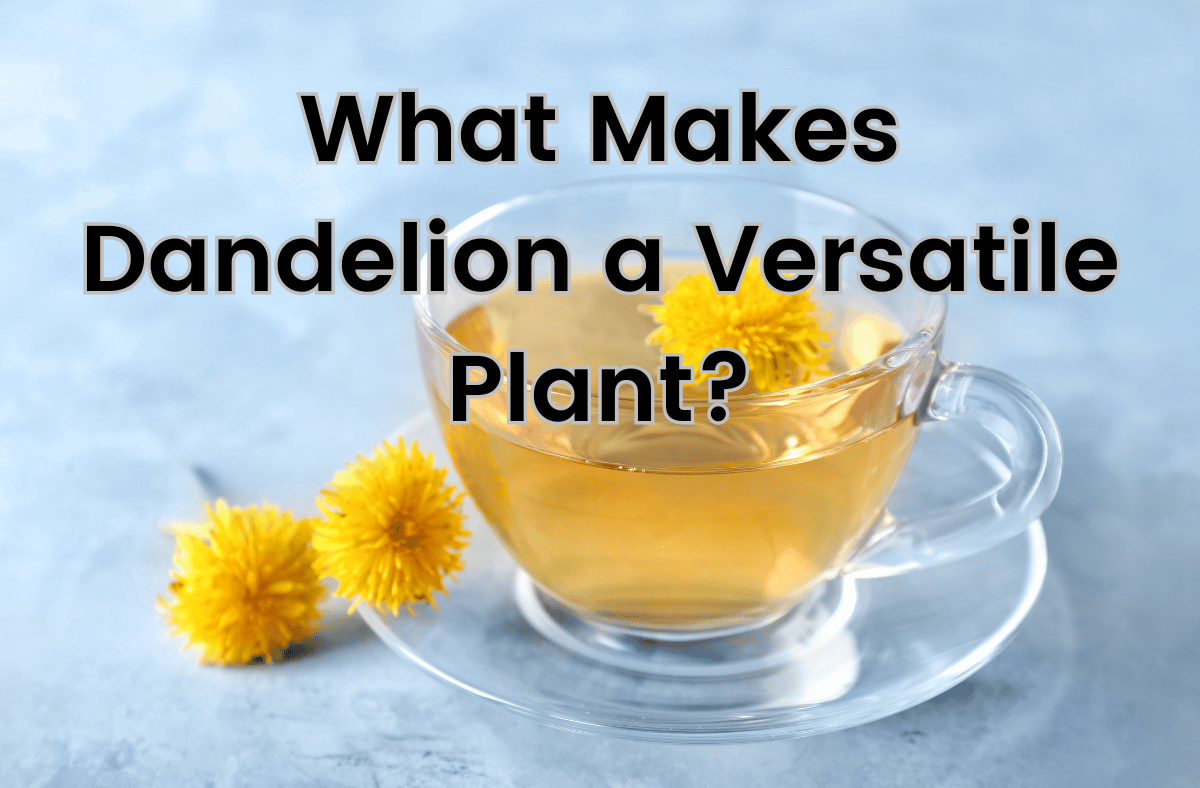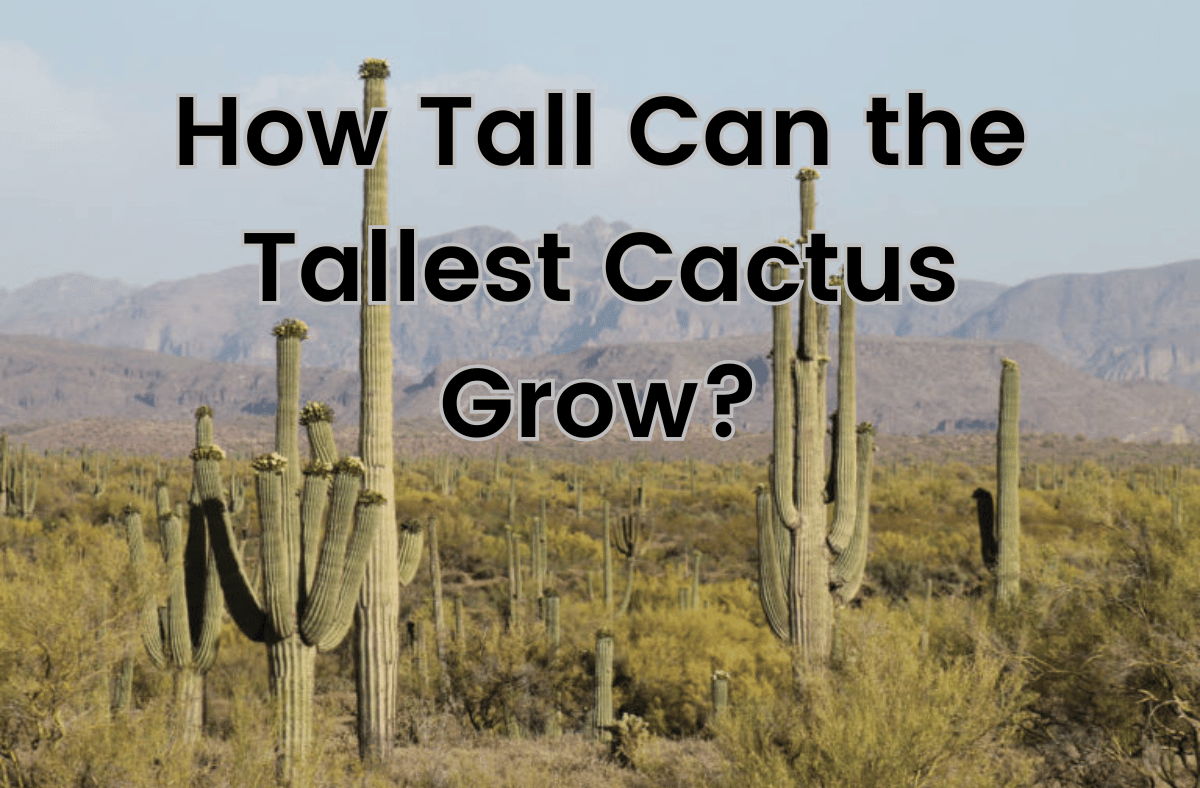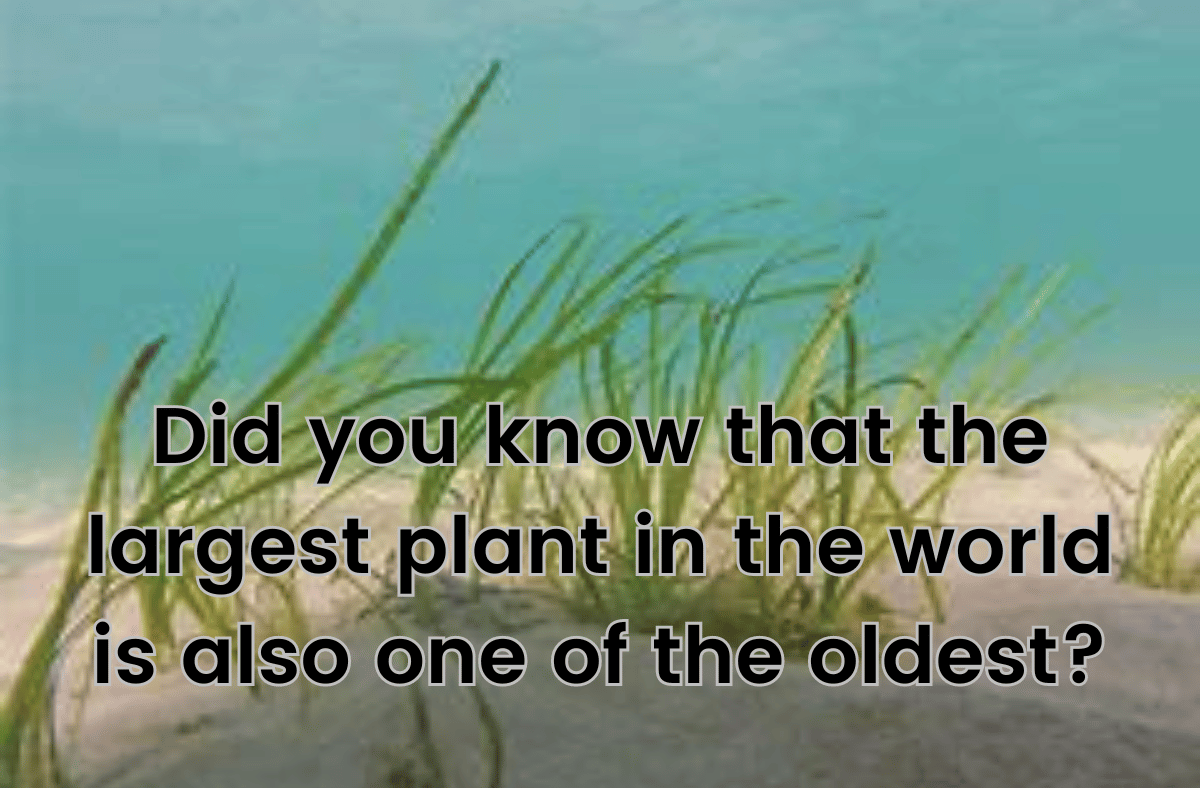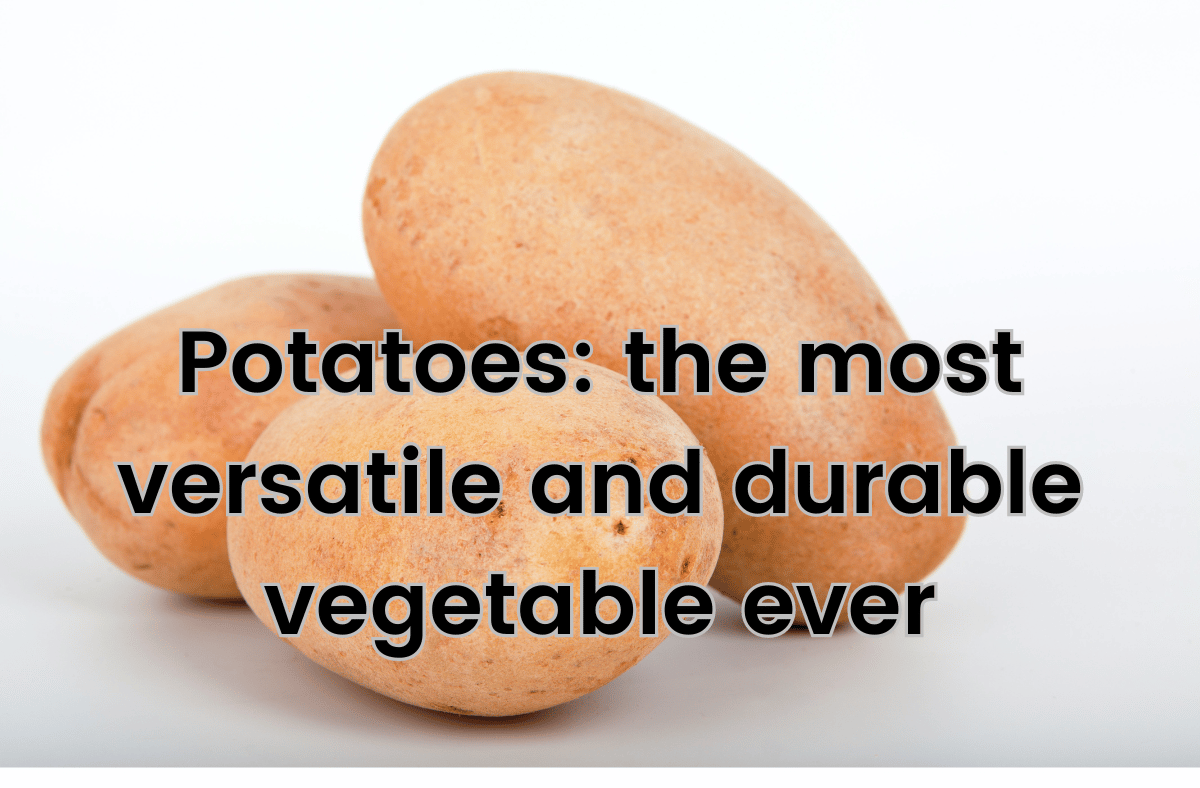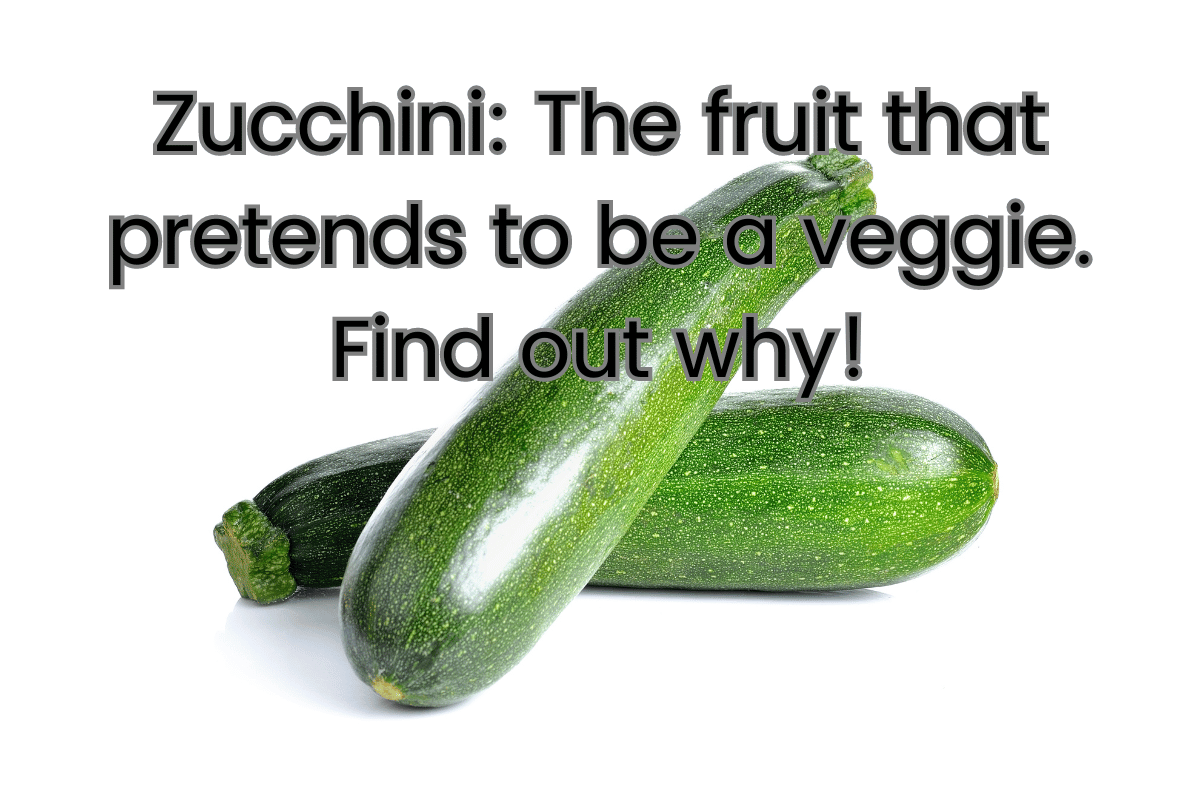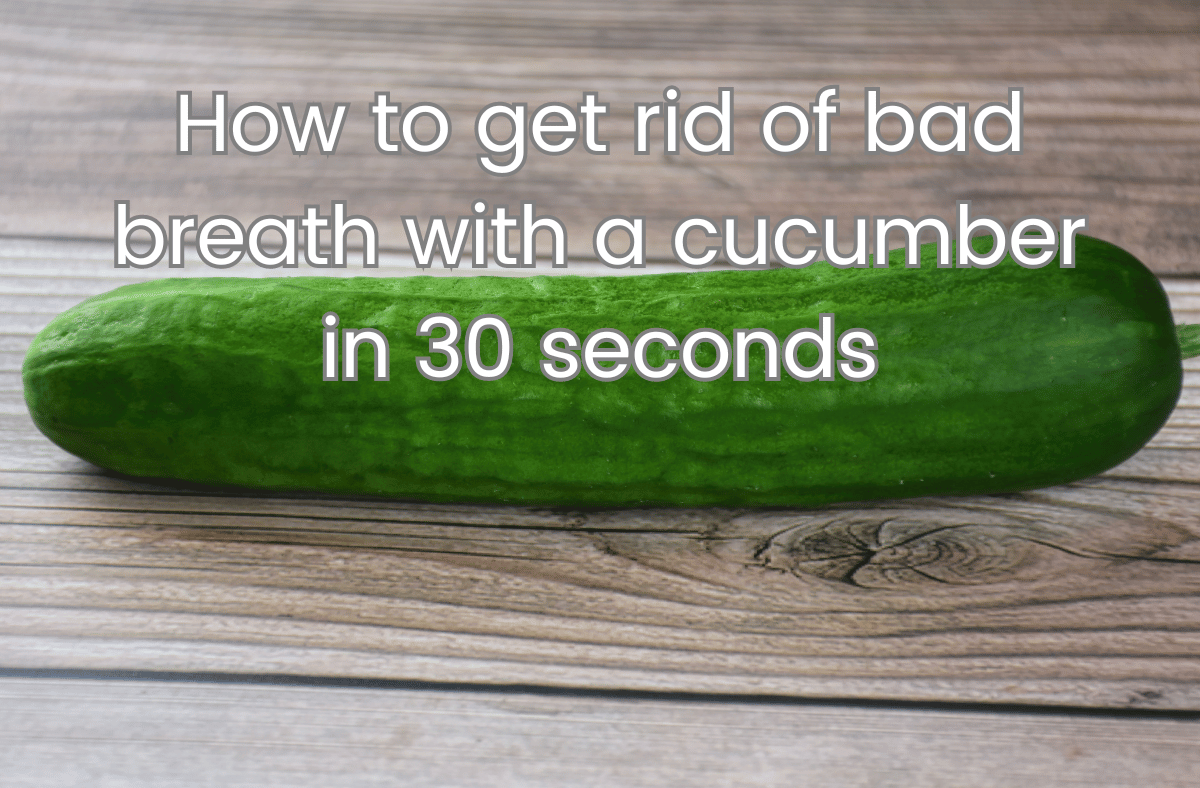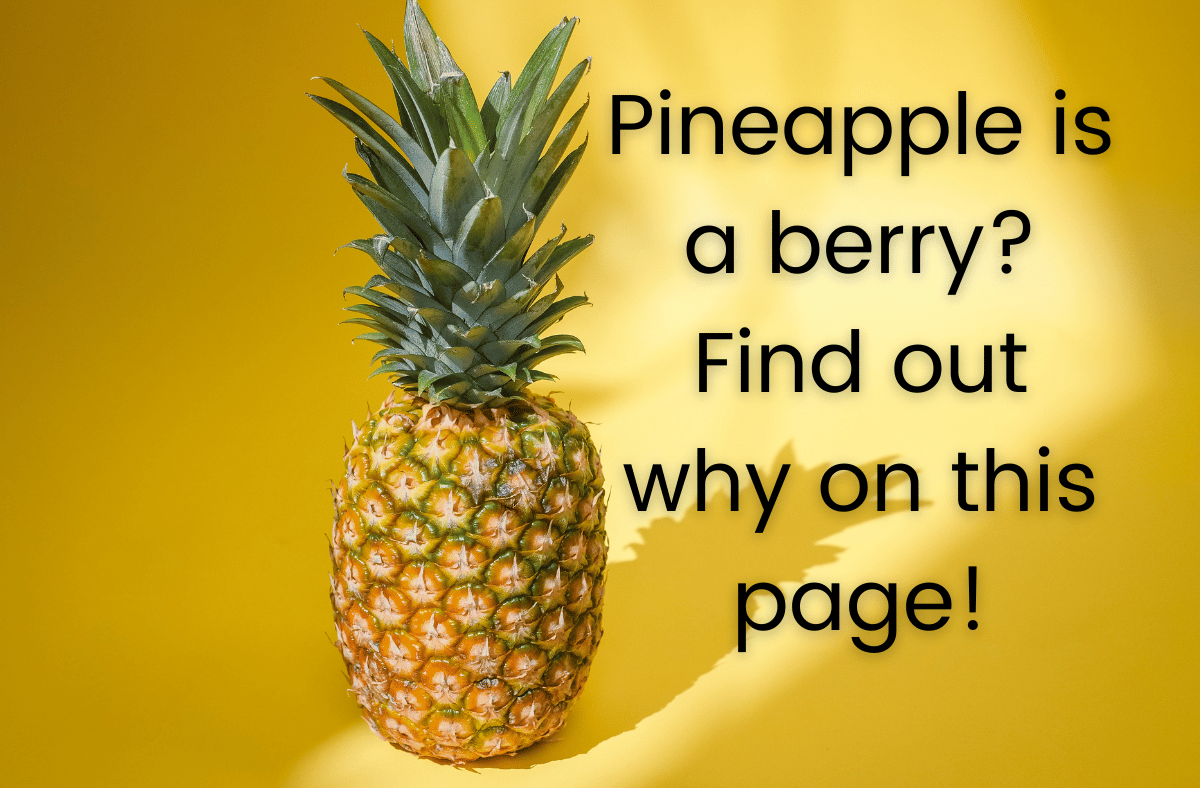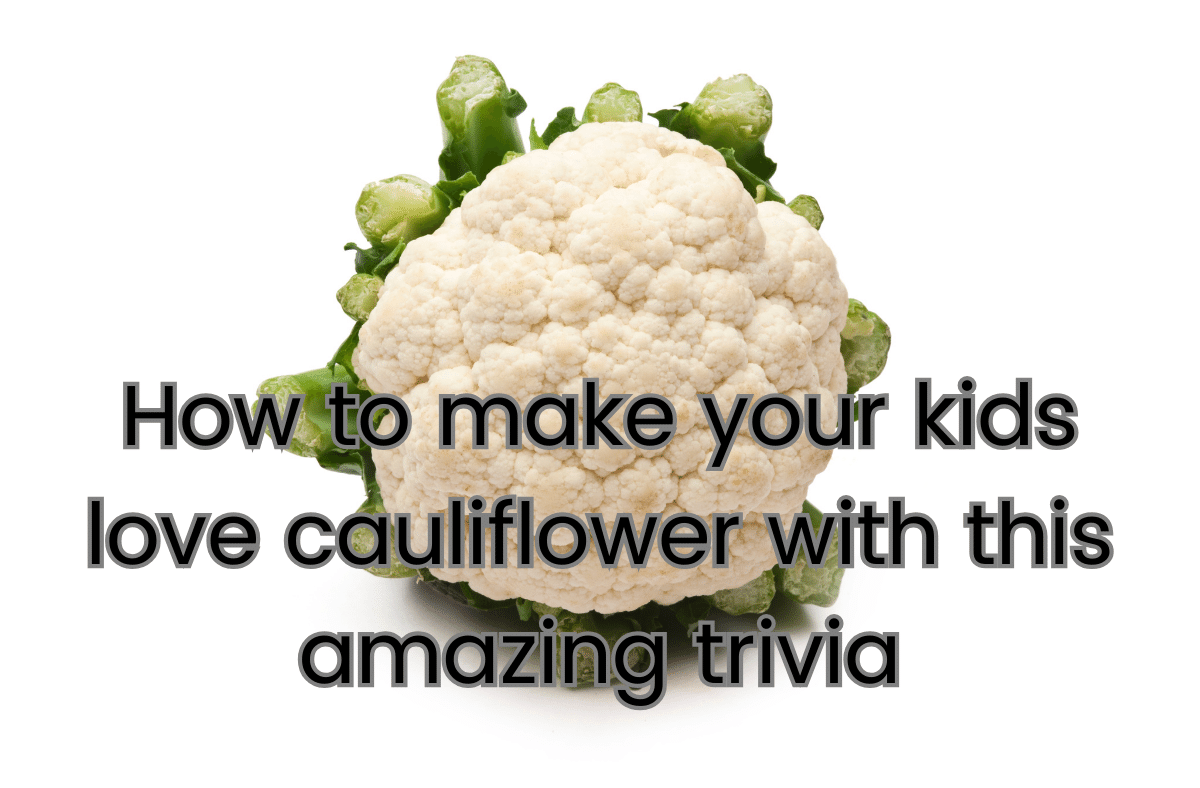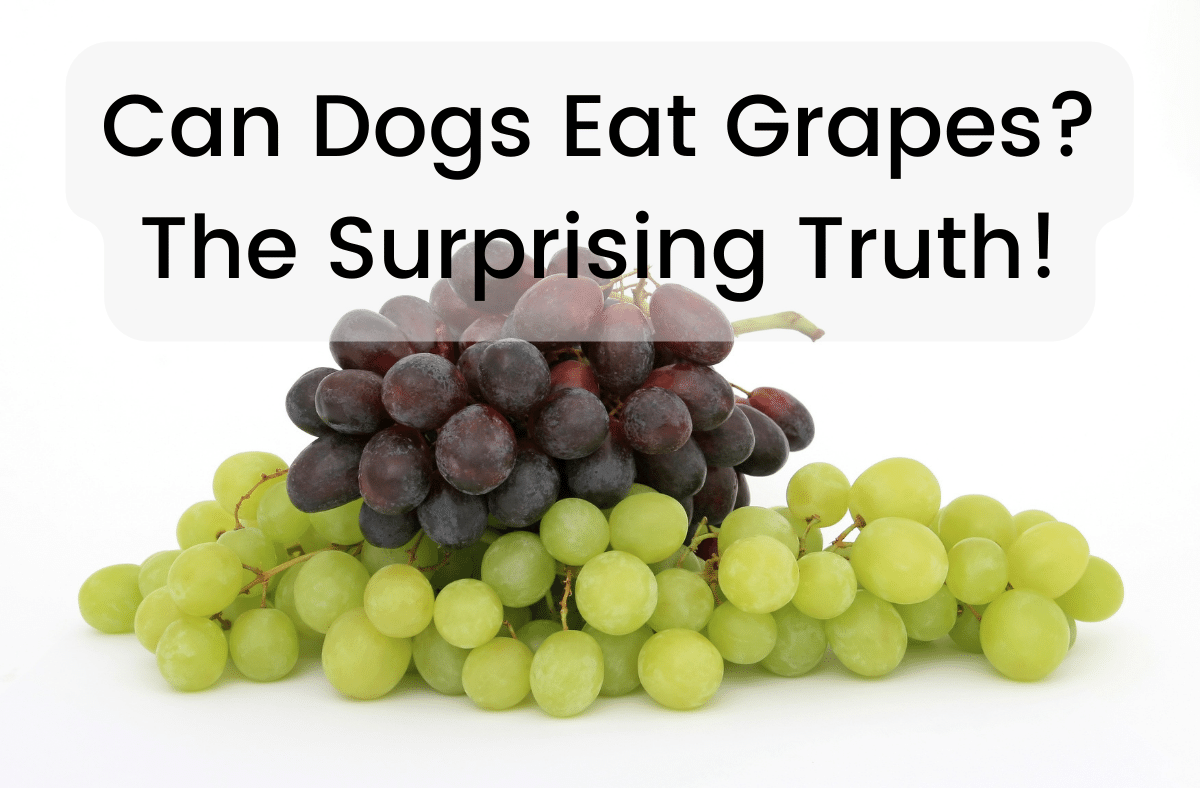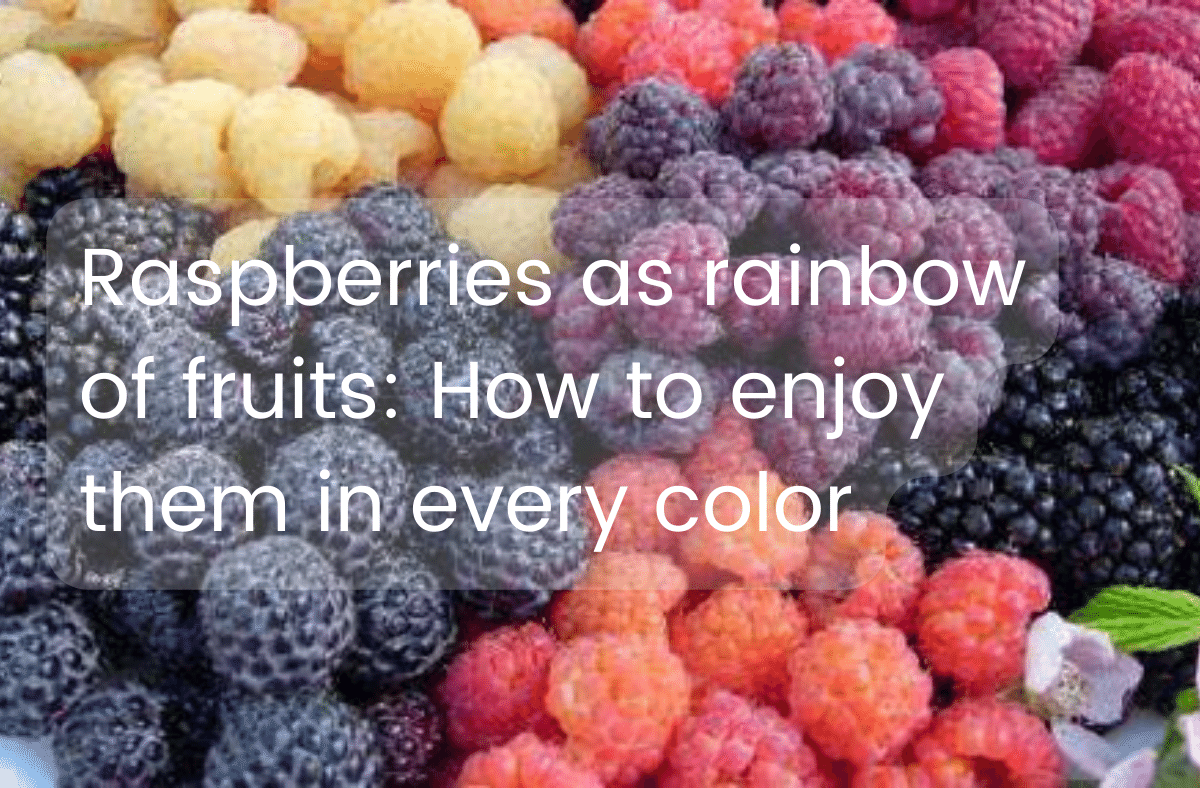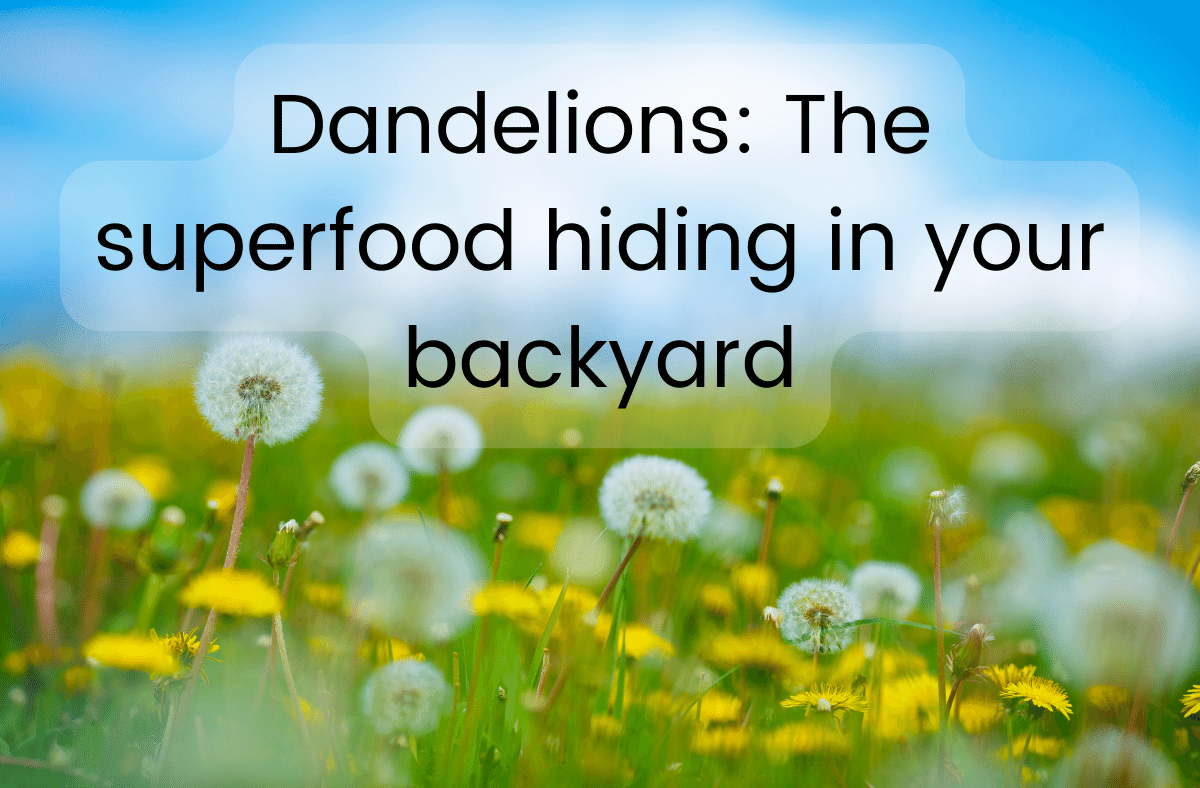Peas are a common food. They have a history that spans 20,000 years. Surprisingly, this makes peas older than your grandma. Let’s delve into their journey.
For those in a hurry
- Peas are small green or yellow seeds that grow inside pods on a plant called Pisum sativum.
- Peas are one of the oldest crops in the world, dating back to the late Neolithic era (about 10,000 years ago) in the Near East.
- Peas are rich in protein, carbohydrates, minerals, and vitamins, and can be eaten fresh, frozen, canned, or dried.
- Peas have been used in many cuisines and dishes, such as soups, stews, pies, salads, and purees.
- Peas have also played a role in science, especially in genetics, as they were used by Gregor Mendel to discover the laws of inheritance.
Peas Older Than Your Grandma: Origin and Cultivation
First, peas have grown for centuries. Archaeologists discovered pea remains in ancient sites. Next, Asia, parts of Africa, and the Mediterranean began growing them. Then, domestication started roughly 7,000 years ago. Finally, cultivation spread to different regions and cultures.
Peas Older Than Your Grandma: Nutritional Benefits
Firstly, peas contain essential nutrients. Secondly, they provide vitamins and minerals. Thirdly, protein and fiber are abundant. Fourthly, peas fit into various healthy diets. Lastly, cuisines worldwide include peas as a key ingredient.
A Vegetable with a Rich Historical Connection
Peas appear in ancient art. Even Egyptian pharaohs grew them. Roman emperors ate them too. Additionally, medieval monks raised peas. Most famously, Gregor Mendel used peas for his genetic studies.
Culinary Uses Across Cultures
Different cultures embrace peas. For example, Indians use them in curries. Conversely, the French make Petit Pois. Similarly, the English love mushy peas. Furthermore, modern fusion cuisine includes peas. From salads to soups, they are everywhere.
Environmental Impact and Sustainability
Growing peas is eco-friendly. Specifically, they need less water than other crops. Moreover, peas enhance soil health by fixing nitrogen. Thus, they play a part in sustainable agriculture. Consider incorporating them into your garden.
Conclusion
Peas have a rich history that spans 20,000 years. Throughout time, they’ve nourished people. More than just a delicious vegetable, peas link us to our ancestors. They are indeed older than your grandma. Enjoy them in your next meal!



